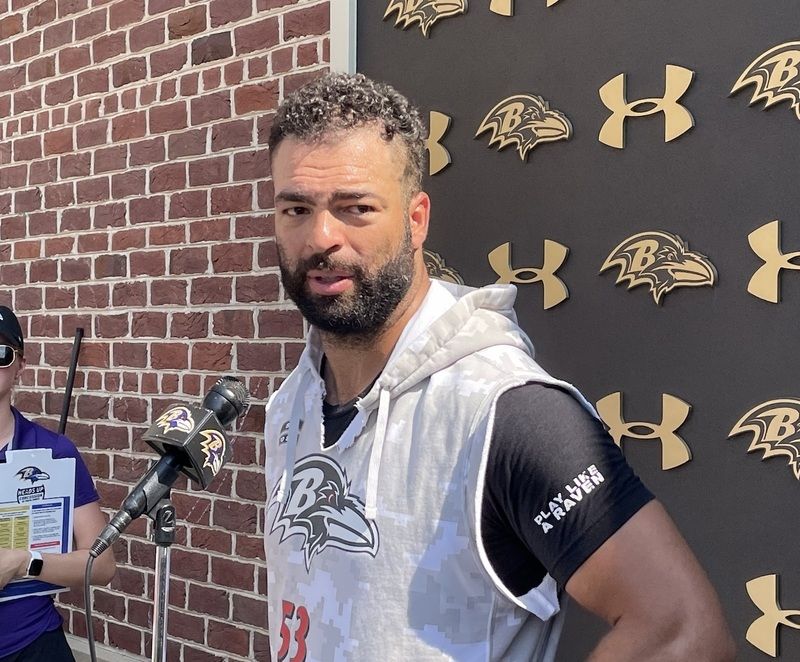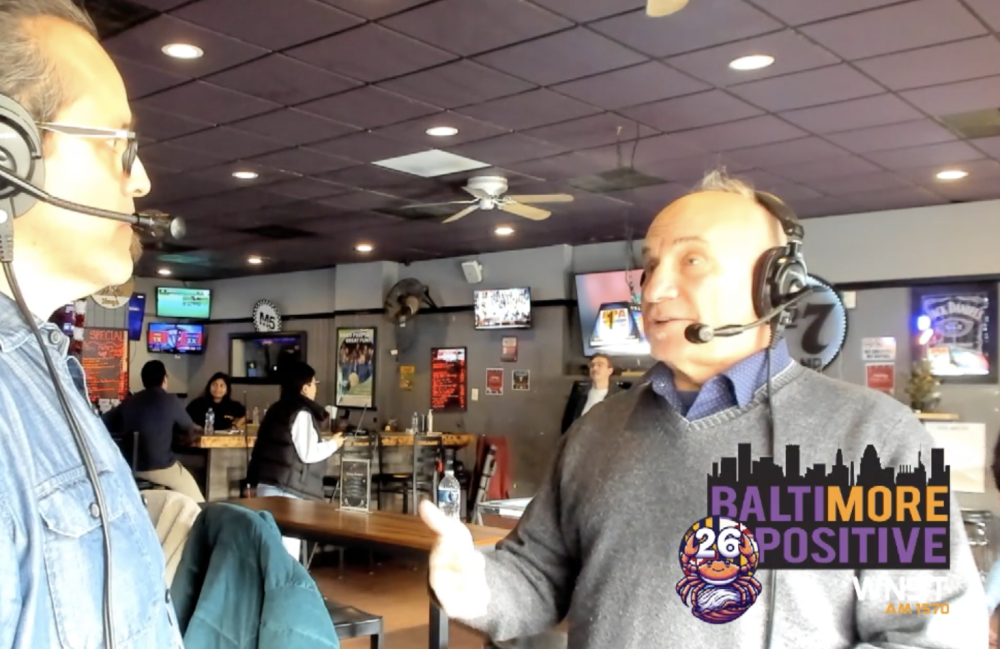The Orioles knew it would be difficult against Cy Young Award candidate Rick Porcello on Monday, but there’s nothing easy about playing in a pennant race, especially against a Boston lineup that’s the best in baseball.
That especially holds true when you’re waiting for a once-explosive offense of your own to finally heat up again. Baltimore has hung a crooked number on the board every now and then since the All-Star break, but the offensive consistency that propelled them to first place for the better part of four months in spite of shoddy starting pitching has disappeared.
Taking nothing away from Porcello’s impressive 89-pitch complete game, the Orioles scored fewer than four runs for the 33rd time in 63 games since the break on Monday. In contrast, they scored three or fewer runs only 31 times in 87 games in the first half.
That’s simply not good enough for a club that’s designed to score plenty of runs.
After averaging just under 5.1 runs per game in the first half, the offense is roughly a run worse since the break at just over 4.1 per contest. The starting pitching will likely be remembered as the Achilles heel of the 2016 Orioles, but the rotation ERA has improved from a hideous 5.15 before the break to a more acceptable 4.51 in the second half.
Yes, the home runs have still been there, but everything else from the first half — the doubles, the high on-base percentage, a few more walks — has dried up to anemic levels. Since the All-Star break, the Orioles rank first in home runs, but they’re 10th in runs, last in doubles, last in batting average, and last in on-base percentage in the American League.
Allowing five runs to the Red Sox on Monday wasn’t ideal, but you better be ready to score when playing a lineup that’s plated a whopping 5.6 per game this season. The Orioles’ AL East title hopes are circling the drain barring three straight wins to conclude the current series, but the offense needs to get on a roll to not only secure a wild card but to try to make some noise in October.
To be fair, the Boston offense hasn’t had an equal all year — the Red Sox have outscored every other AL club by at least 100 runs in 2016 — but the Orioles were at least worthy of being mentioned in the same breath in the first half.
Unfortunately, that feels like a long time ago for Buck Showalter’s club as Boston has begun pulling away.
Bundy dilemma
Monday marked the fourth time in Dylan Bundy’s last seven starts that the right-hander has allowed five earned runs as he took the loss in the 5-2 final.
His 6.62 ERA over his last 34 innings has led many to wonder if he’s tired after eclipsing the 100-inning mark for the first time since his first full professional season in 2012. You can certainly argue that the Orioles are overdoing it with Bundy, but what passes as conventional wisdom in the baseball industry is hardly exact science when it comes to taking care of pitchers’ arms.
The stress of pitching in a pennant race in the major leagues definitely changes the dynamics, but the Orioles originally intended to have Bundy throw around 100 innings in the minor leagues last year before a shoulder injury derailed his season. Does that setback automatically lead to a plan for him to throw even fewer frames a year later, or do you just need to let him go and see what you have at some point?
Bundy again said after Monday’s game that he feels good physically, and it’s worth noting that his average fastball velocity has been up over his last three starts compared to the lull he went through over five starts starting in mid-August. However, his command has suffered in recent outings as he’s walked 19 batters over his last 29 2/3 innings.
On Monday, he struggled with the feel for his curveball, causing him to shy away from using it and making him too predictable with only the fastball-changeup combination. That was evident when David Ortiz appeared to sit on a changeup and hit a decently-located one for a home run in the fifth.
Yes, Bundy might be tired as the Orioles continue to push him further than anyone would have predicted, but he could just be experiencing the typical struggles of a 23-year-old pitcher with limited experience in the majors.
Other side of attendance question
No matter who’s at fault, the Orioles drawing an announced crowd of just 18,456 for the opener of the biggest series of the year is a shame and not a good look.
It’s easy to blame the fan base — plenty of people are already doing that — but many reasons for the decline in attendance have already been discussed, ranging from the tardiness in sending out season-ticket invoices and a substantial price increase to the elimination of cheaper deals such as Tuesday bargain nights for upper-reserve seats. Anyone who expected a different story for this week’s games hasn’t paid attention to the weeknight attendance woes for even the most intriguing opponents throughout the season.
But what has the organization — not the club on the field, but the business and marketing side — done to try to pack Camden Yards for weeknight games when it was apparent over the summer that this problem wasn’t going away? Where are the weeknight promotions such as discounted tickets, concession specials, or a few more giveaways that have become all but exclusive to weekend games?
If a restaurant with good food is struggling to attract patrons during the week, does management simply stomp their feet and continue to ask why no one is coming there to eat or do they try to do something about it in the form of specials and attractive deals?
Yes, winning should be enough — no one is arguing that this is the best fan base in baseball — but you have to be prepared to try to find other ways to compel people to come to the ballpark on weeknights, especially when they can watch the games on high-definition TV at home every night. If not, maybe you just don’t care all that much to have more people in the ballpark for such important games.


























